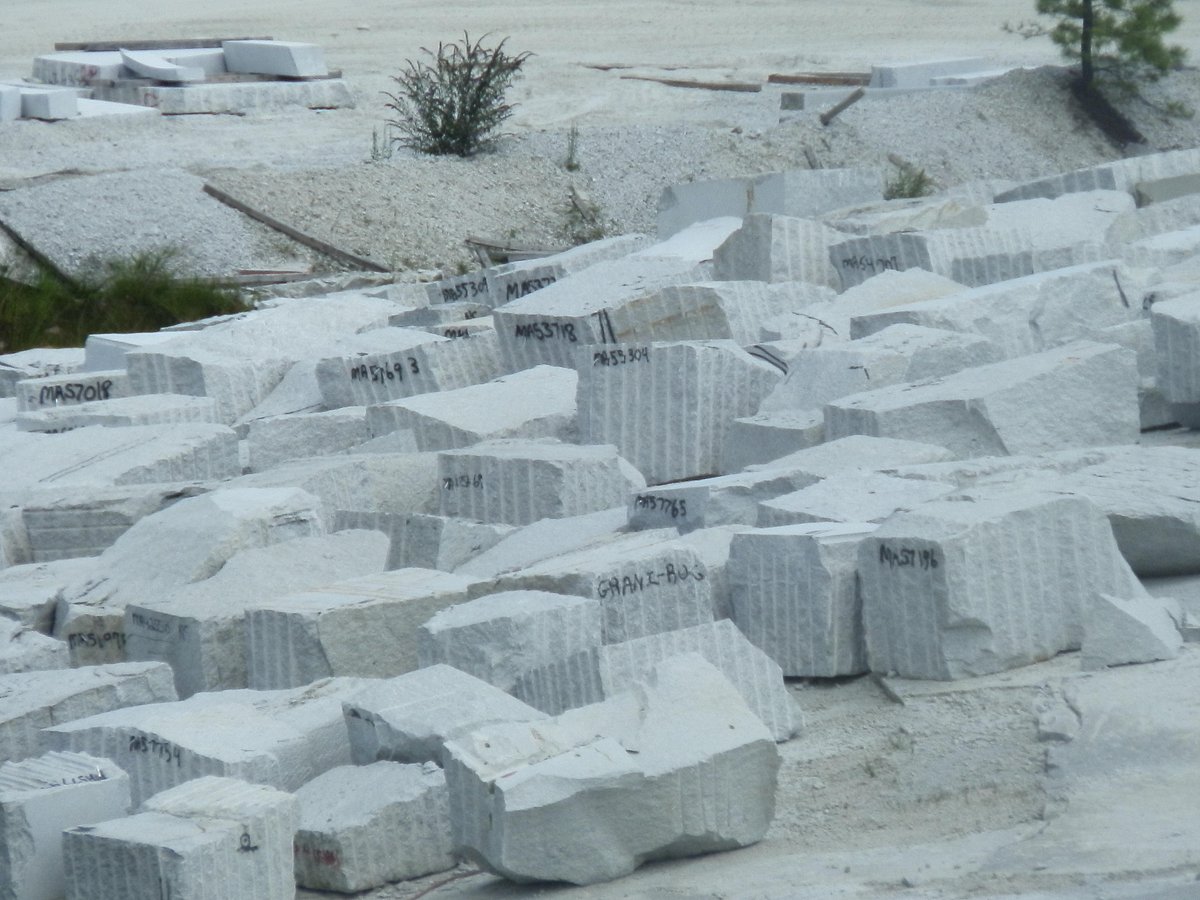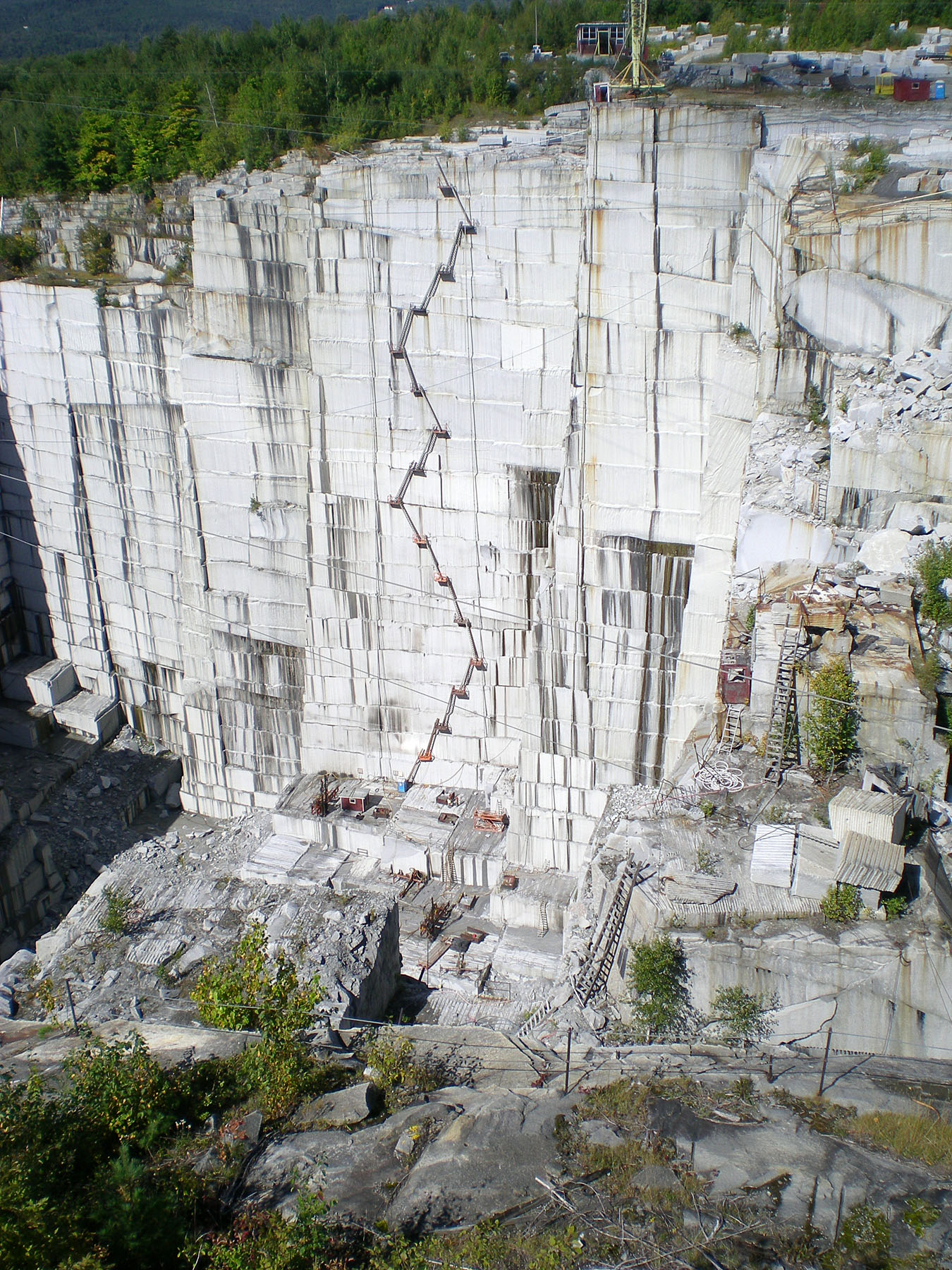Travelling Via Granite Quarries in South Africa: A Visual Odyssey
Travelling Via Granite Quarries in South Africa: A Visual Odyssey
Blog Article
Introducing the Mysteries of Granite Quarrying: Where Toughness and Elegance Meet
The globe of granite quarrying is a realm where the raw toughness of nature converges with human virtuosity to develop structures that stand the test of time with an air of style. From the midsts of quarries to the precise sprucing up in workshops, the process of transforming granite right into architectural wonders is a complex dancing of tradition and technology. As we peer into the depths of this old craft, we start to uncover the hidden complexities that form the extremely significance of our developed setting.
The Beginnings of Granite Quarrying
In the annals of architectural background, the beginnings of granite quarrying are shrouded in a tapestry of old craftsmanship and geological marvels. Going back to ancient Egypt and Mesopotamia, the extraction of granite from quarries marked the start of a trip that would eventually result in the creation of a few of the globe's most renowned structures.
Granite quarrying's roots can be mapped to the skilled craftsmens who identified the stone's longevity and visual charm. Via a combination of primitive tools and large determination, these very early quarry workers discovered granite blocks that would certainly become the foundation of civilizations.
As worlds advanced, so did the techniques of quarrying granite. The Romans, renowned for their engineering expertise, created advanced techniques for removing granite to construct monoliths, holy places, and roadways that stood the test of time.
The tradition of these ancient quarrying methods remains to shape modern-day design, with granite continuing to be a symbol of toughness and style in building jobs around the world. (granite quarries in south africa)
Tools of the Quarrying Profession
The evolution of granite quarrying techniques from old civilizations to modern-day times highlights the important role played by the tools of the quarrying sell forming the industry's practices. In old times, quarrying tools were simple, usually being composed of knives, hammers, and wedges made from products like bronze or iron. These devices called for considerable manpower and time to essence granite obstructs from quarries.

Additionally, the introduction of pneumatically-driven tools and high-powered equipment has actually substantially lowered the physical labor called for in quarrying operations, boosting worker safety and security and productivity. As the quarrying sector continues to innovate, the devices of the profession continue to be at the forefront of driving progress and shaping the future of granite extraction.
Extracting Blocks of Granite
Using accuracy machinery and progressed methods, the extraction of granite obstructs from quarries has actually come to be an advanced process in the modern-day quarrying market. The first action involves determining the location and size of the granite deposit to figure out one of the most reliable removal method. When an ideal website is chosen, the removal procedure starts with the exploration of look here openings for the placement of dynamites. Regulated blasting techniques are after that utilized to disintegrate the granite into convenient areas.

Polishing and Ending Up Techniques
To achieve a remarkable surface on granite blocks, skilled craftsmens employ a collection of careful polishing and ending up methods. After the first removal and shaping processes, the granite obstructs undergo an extensive polishing stage to enhance their all-natural charm and durability. One typical approach utilized in brightening granite is diamond abrasion, where commercial diamonds are used to grind and brighten the rock to a smooth surface. This procedure not only produces a glossy surface yet also makes sure uniformity in color and appearance across the granite block.
Along investigate this site with polishing, completing strategies are related to further fine-tune the granite's look. These strategies might consist of flaming, honing, or brushing, each offering special appearances and coatings to suit different aesthetic preferences. Flaming, for instance, includes subjecting the granite surface area to high temperature levels to develop a harsh, distinctive coating, ideal for outdoor applications where slip-resistance is important. Developing, on the other hand, offers a matte surface that is smooth to the touch, best for interior counter tops and flooring. By very carefully choosing and applying these brightening and finishing techniques, artisans can transform raw granite obstructs right into exquisite items that showcase both strength and elegance.

Environmental Influence and Sustainability
With the growing focus on environmental consciousness in the sector, granite quarrying techniques are progressively scrutinized for their effect on natural deposits and long-lasting sustainability. Quarrying for granite can have substantial environmental effects. The extraction process usually involves making use of hefty equipment, explosives, and big quantities of water, bring about habitat damage, dirt disintegration, and water pollution. Furthermore, the transport of granite from quarries to refining centers generates carbon discharges, additionally adding to ecological degradation. granite quarries in south africa.
To reduce these effects and make sure sustainability in granite quarrying, market stakeholders are embracing different procedures. Carrying out innovative modern technologies to lower power intake and water use, recovering quarried land for environmental repair, and promoting accountable sourcing practices are some strategies being employed. Certifications such as the Woodland Stewardship Council (FSC) and the Management in Energy and Environmental Design (LEED) help customers determine ecologically friendly granite items.
Verdict
Finally, granite quarrying is a procedure that needs specialized tools and methods to extract blocks of granite and brighten them to a high level of coating. While the environmental influence of quarrying can be significant, initiatives are being made why not look here to improve sustainability techniques in the industry. On the whole, granite quarrying is a delicate equilibrium between taking advantage of the strength and sophistication of this natural rock while minimizing its effect on the environment.
Report this page